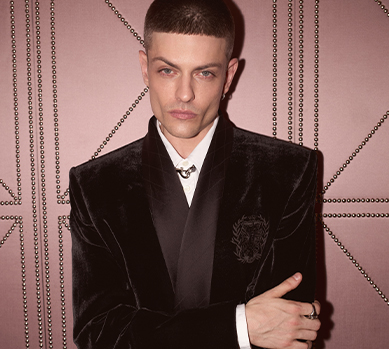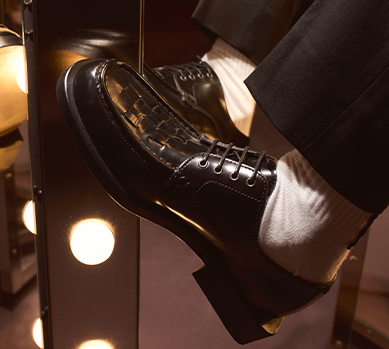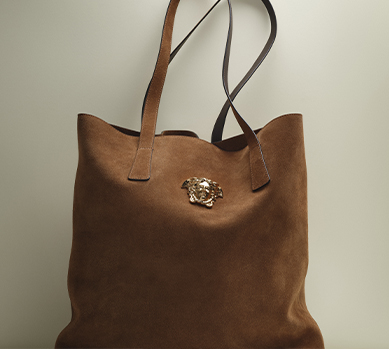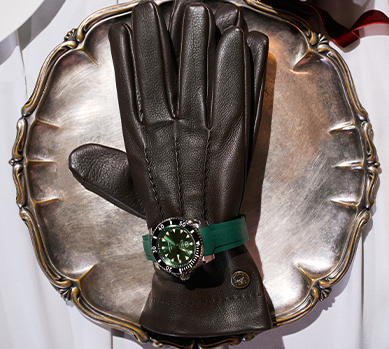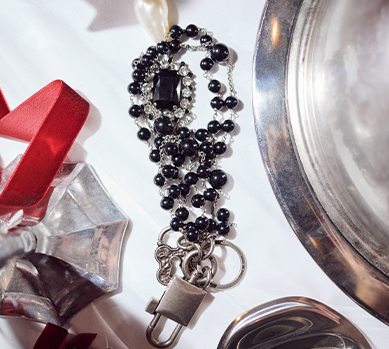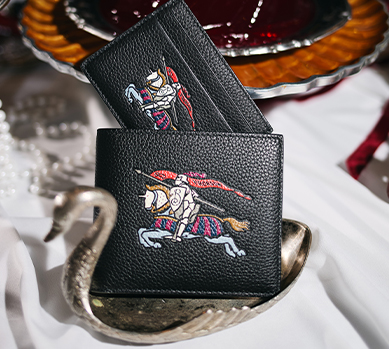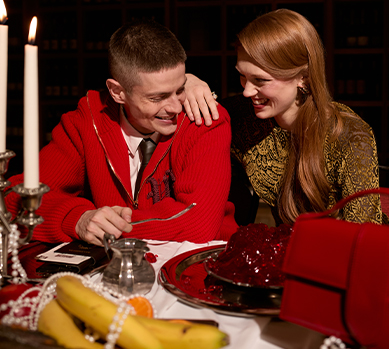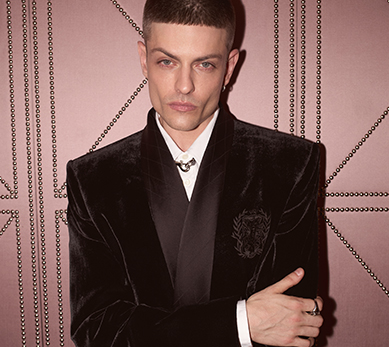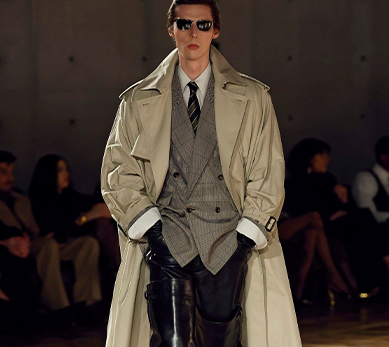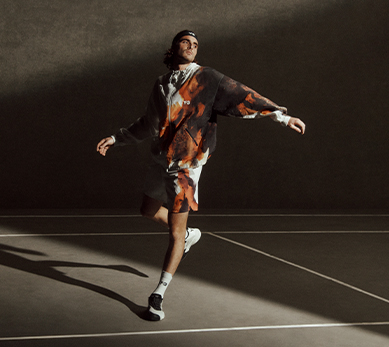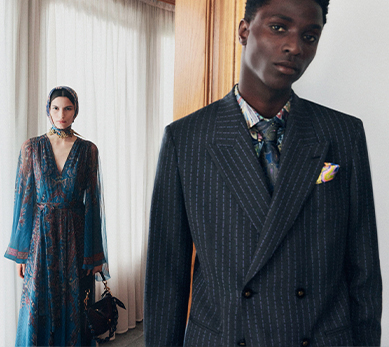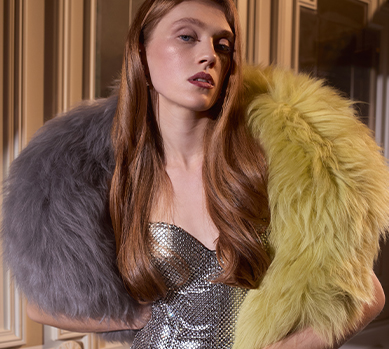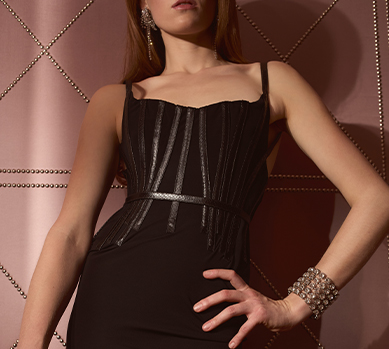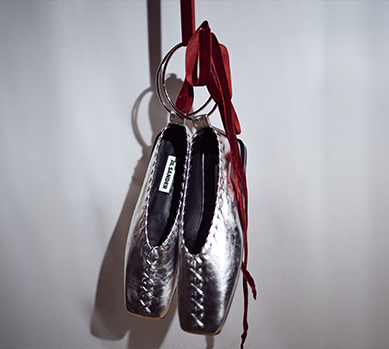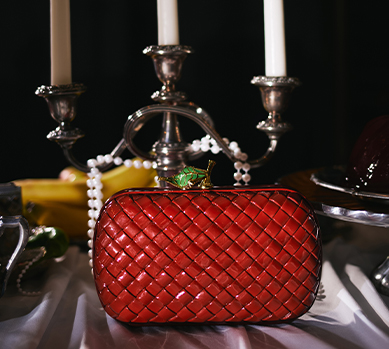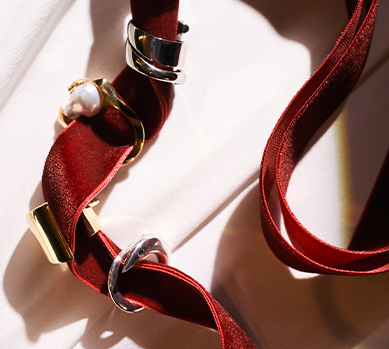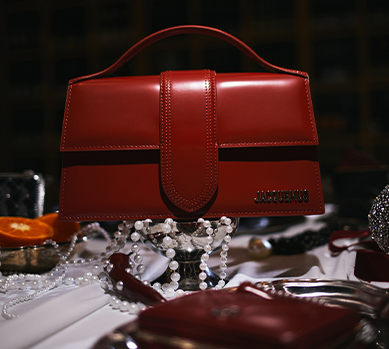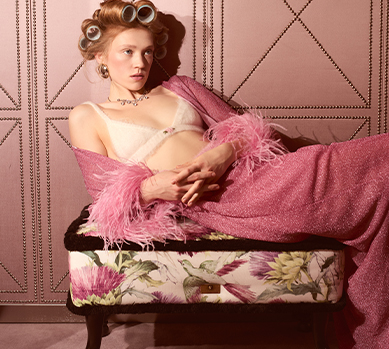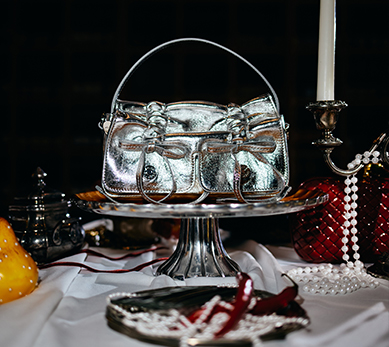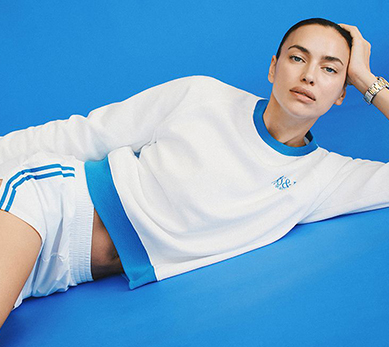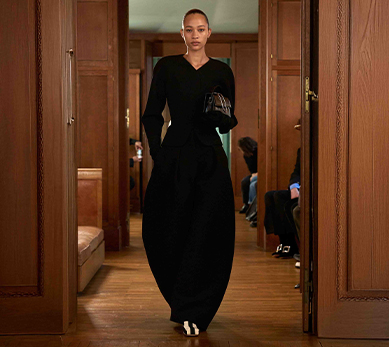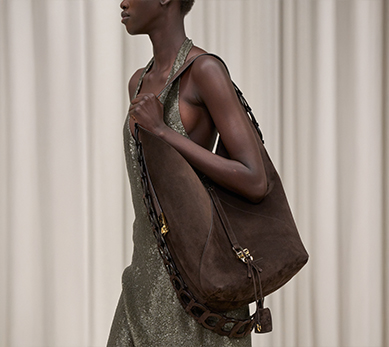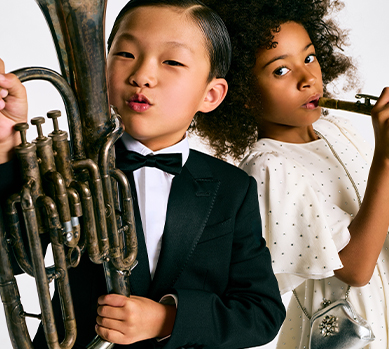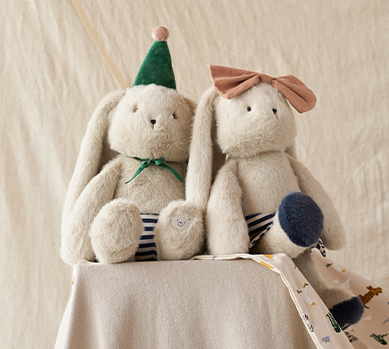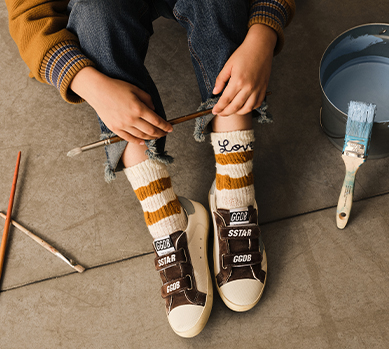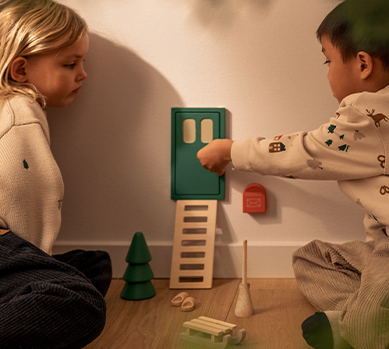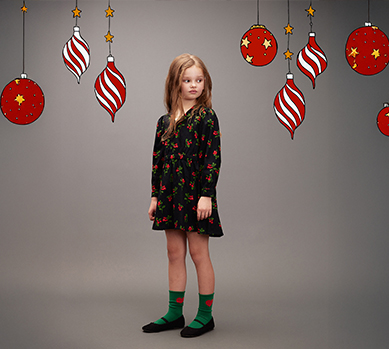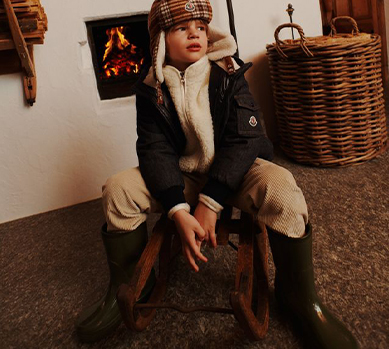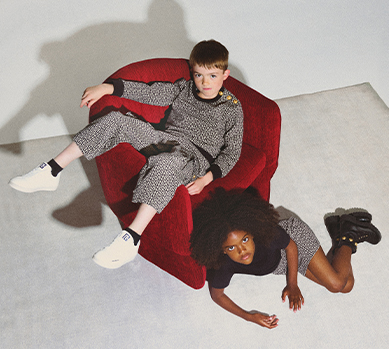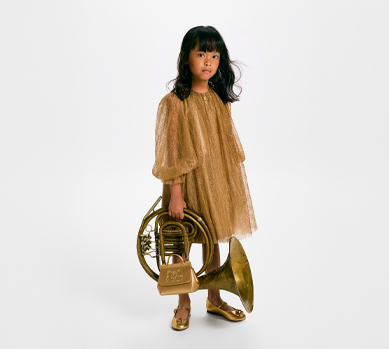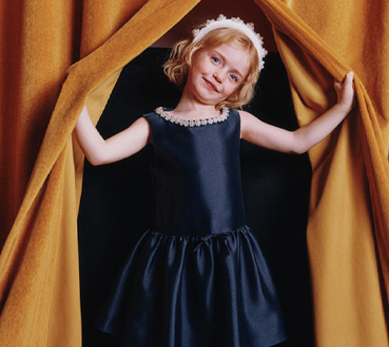Classic Style: What It Is and How to Wear It?
Fashion

Classic style is timeless elegance, quality, and simplicity. Discover how to create classy outfits with character and a modern twist.
Classic style is more than just a little black dress or a well-tailored trench coat. It's an entire philosophy, a way of looking at fashion, and even at life. We invite you on a journey into the essence of classic style, where we'll uncover its secrets and learn how to wear it with authentic grace.
What Does Classic Style Truly Embody?
We often think of classic style through the lens of specific garments. And rightly so, as certain wardrobe items have become its icons. However, the core of classic style lies deeper. It is, above all, a conscious choice of quality over quantity. It's an investment in pieces that will not only survive a single season but will accompany you for years, gaining character like a fine wine.
Classic style is also about subtlety. An elegance that doesn't need to shout to be noticed. It's a whispered luxury, revealed in a perfect cut, a noble fabric, and precise craftsmanship. Think of the legendary designers whose creations, despite the passing of decades, still inspire. Their strength wasn't in shocking the public, but in a perfect understanding of form and proportion. Classic style is a dialogue with tradition, but one conducted in a contemporary language. Is this style not for everyone? Perhaps. It requires a certain maturity, an understanding that true style isn't a costume, but a reflection of one's inner self.
The Pillars of a Classic Wardrobe: A Foundation for Everyone
Building a classic wardrobe is somewhat like creating an art collection. Each piece must be carefully chosen, have its place and meaning. The goal isn't a closet bursting at the seams, but one filled with items you can always rely on. Tailoring plays a key role here. Even the simplest item, if masterfully crafted and fitting like a glove, gains immense value. Pay attention to fabrics: wool, cashmere, silk, high-quality cotton. They are what give clothes character and determine their longevity.
The classic color palette often relies on neutrals: black, white, navy, beiges, and grays. They provide an excellent backdrop for more expressive accents. Interestingly, these colors carry certain psychological connotations; navy is often associated with professionalism and building trust, while beiges and grays can symbolize tranquility, sophistication, and timeless elegance.
Classic Style in a Woman's Wardrobe
For women, classic style is synonymous with an elegance that enhances the figure and boosts self-confidence. The absolute essentials are a well-tailored blazer (e.g., fitted or slightly oversized), a perfectly fitted white shirt, impeccably cut pants (cigarette, palazzo, or straight-leg dress pants), and a classic pencil skirt. One cannot forget the "little black dress" and the timeless trench coat. Although we build on neutrals, classic style loves color when used thoughtfully. It could be an emerald scarf, a burgundy handbag, or cobalt stilettos. In classic women's style, details are of great importance. We're talking about accessories: a leather handbag with a timeless shape, elegant shoes, and discreet but valuable jewelry—these elements perfectly complement the wardrobe of any woman. Remember, less is often more. An impeccable hairstyle, well-manicured hands, and subtle makeup are the finishing touches to any classic outfit, providing a quiet frame for your style.
Classic Style in a Man's Wardrobe
For men, classic style is the quintessence of good taste, professionalism, and timeless style that builds an image of a trustworthy individual. The foundation is a well-tailored men's suit, a versatile sport coat (e.g., a blazer or tweed jacket), perfectly fitted white and light blue shirts, and impeccably cut pants (chinos, wool dress pants). An elegant men's coat is also essential. Just as with women, the base is neutral colors. Color accents can appear in the form of a well-chosen tie, a pocket square, patterned socks, or details on a shirt. In classic men's style, accessories for men are key, such as a leather belt matched to the shoes, elegant men's shoes (oxfords, derbys, loafers), a high-quality watch, and possibly cufflinks. Attention to detail, like a properly tied tie or clean shoes, is invaluable. A well-groomed hairstyle, a neatly trimmed beard (or a clean-shaven face), and clean, manicured hands are elements that underscore a classic, masculine image.
Does Classic Style Have to Be Boring?
This is perhaps the most common criticism of classic style: that it's predictable, lacks flair, and is downright boring. Nothing could be further from the truth. Classic style is the frame, and the picture you paint within it is entirely up to you. It's not a rigid corset of rules, but rather a set of proven tools you can use to express your individuality. Think of Audrey Hepburn. Her style, based on simple, classic elements—cigarette pants, ballet flats, the little black dress—was the epitome of elegance, yet full of personal charm and grace, far from any notion of boredom. She showed how to interpret classics with lightness and a unique character. Similarly, male style icons like Cary Grant and Steve McQueen proved that classic style can be full of charisma.
You can play with proportions and textures, and add unexpected accents. The key is good taste and the courage to reinterpret. Do we remember how people once thought minimalism was emptiness? Classic style is sometimes just as unfairly judged. And yet, it is in this apparent simplicity that its strength and potential lie.
How to Wear Classic Style with a Modern Twist?
Exactly—how do you make classic style look not like a costume from a bygone era, but vibrant with contemporary energy? The secret lies in skillfully blending tradition with modernity.
For her, imagine a perfectly tailored blazer, but in a slightly masculine, oversized cut, paired with jeans and a simple T-shirt. Or a pencil skirt combined with a loose, cashmere sweater and sneakers.
For him, a classic blazer can be paired with a high-quality T-shirt and chinos or even dark men's jeans. An elegant coat thrown over a casual shirt or a thin sweater is also a great way to achieve a modern look. Even suit pieces can be worn separately—the jacket with different pants, and the suit pants with a more casual top.
Don't be afraid to experiment with proportions. Sometimes, simply rolling up the sleeves of a blazer, nonchalantly untying the belt of a trench coat, or wearing a shirt untucked is enough to give the whole look a sense of ease. Also, remember seasonality. Classic elements adapt wonderfully to the changing seasons. A linen shirt in summer, a wool coat in winter—these are not just clothes, but a certain mood, comfort, and the feeling of being appropriately dressed for any situation.
Classic Style as an Investment: What's Worth Investing In?
When talking about classic style, it's impossible to overlook the investment aspect. And we're not talking about stock market speculation, but about wisely building a wardrobe that will serve you for years, drawing from the best offerings for men and women. In a world dominated by fast fashion, where trends change every season, classic style emerges as an oasis of calm and reason.
Consider the "cost per wear" value. A more expensive but well-made item that you'll wear for a decade will prove to be much cheaper than several cheap clothes that lose their shape after a few washes. So, what should you pay attention to? Above all, the quality of fabrics and craftsmanship. Look for natural fibers: wool, cashmere, silk, high-quality leather. Examine the seams, linings, and finishing details. These are the things that at


